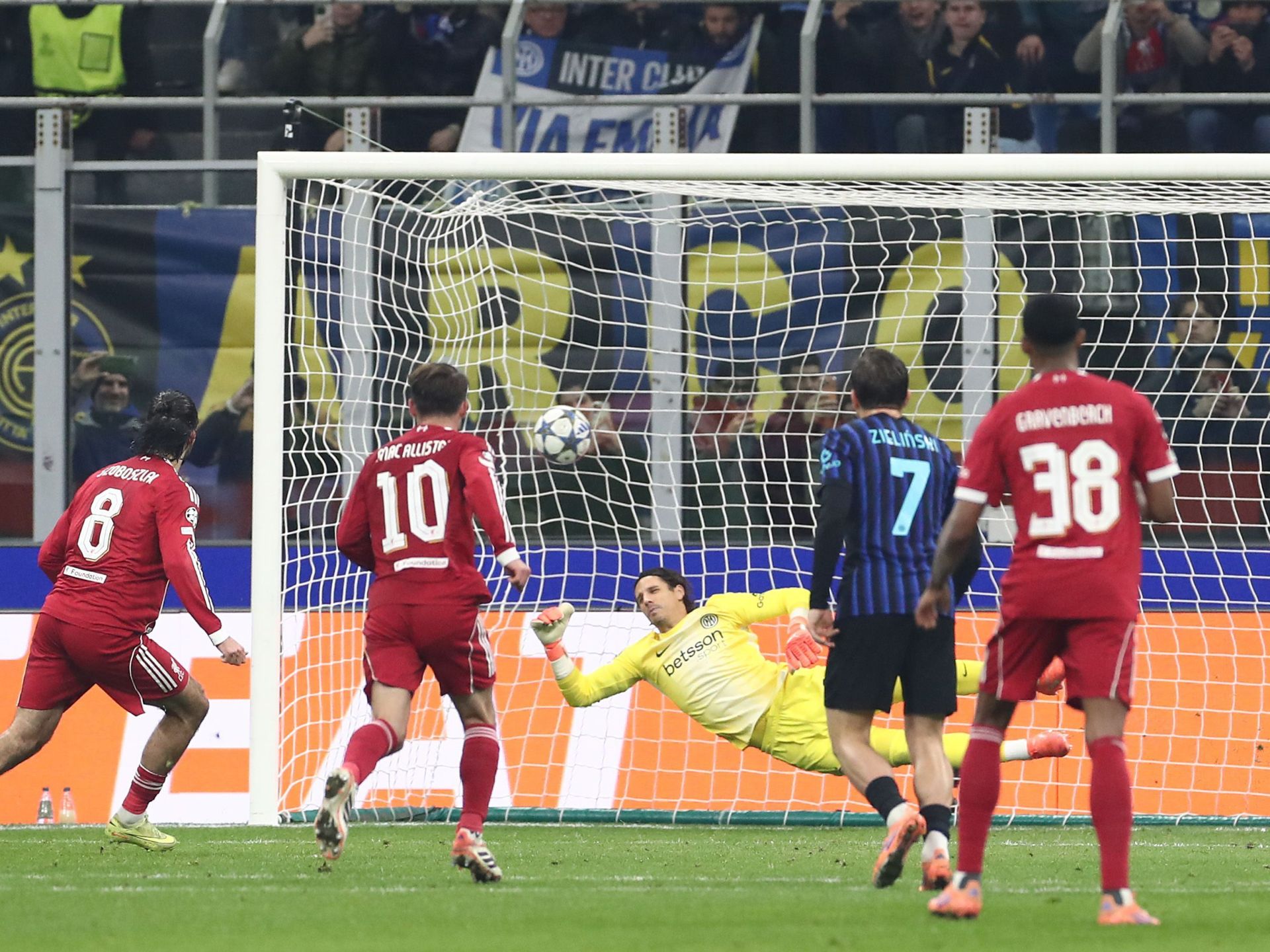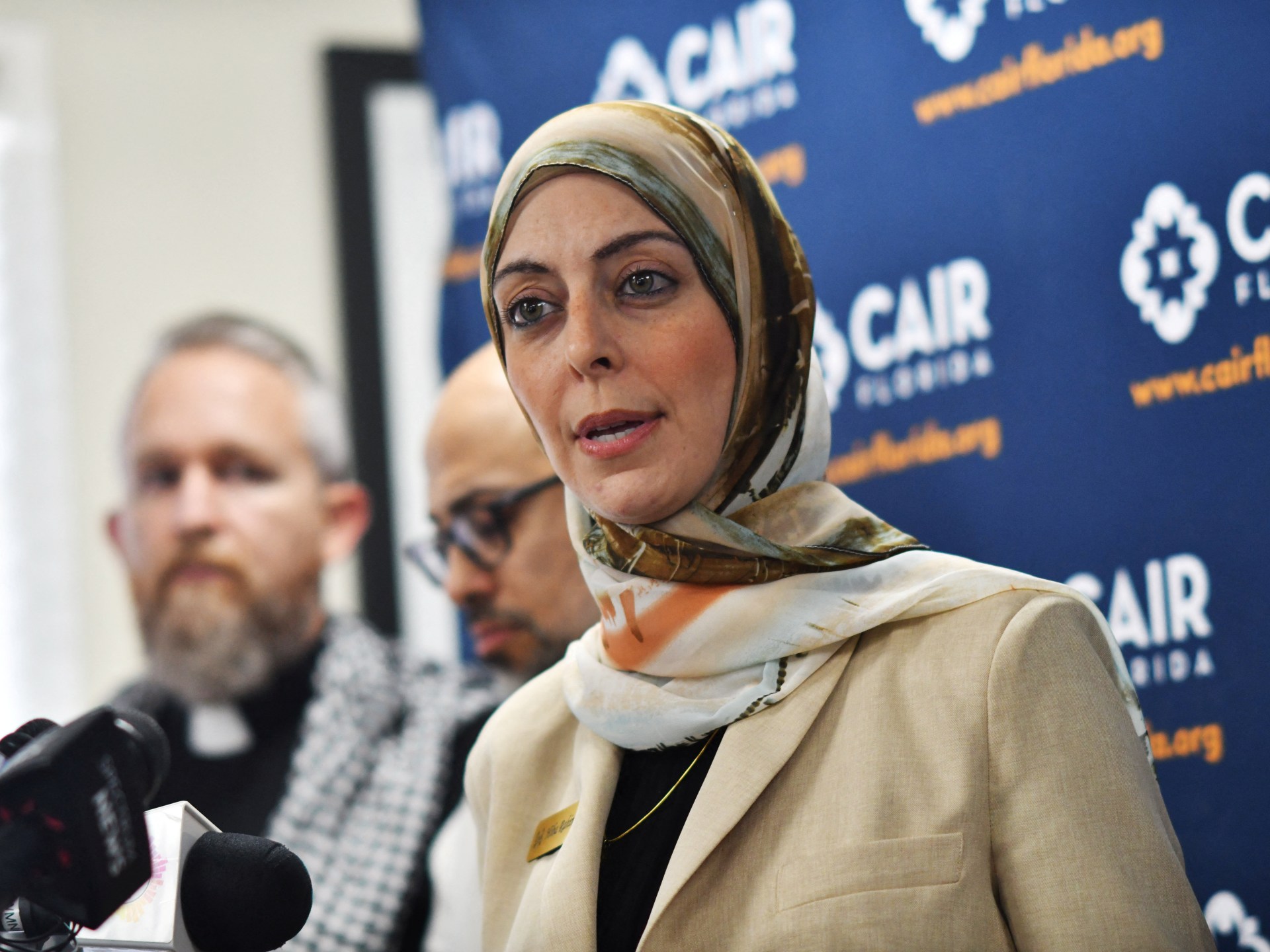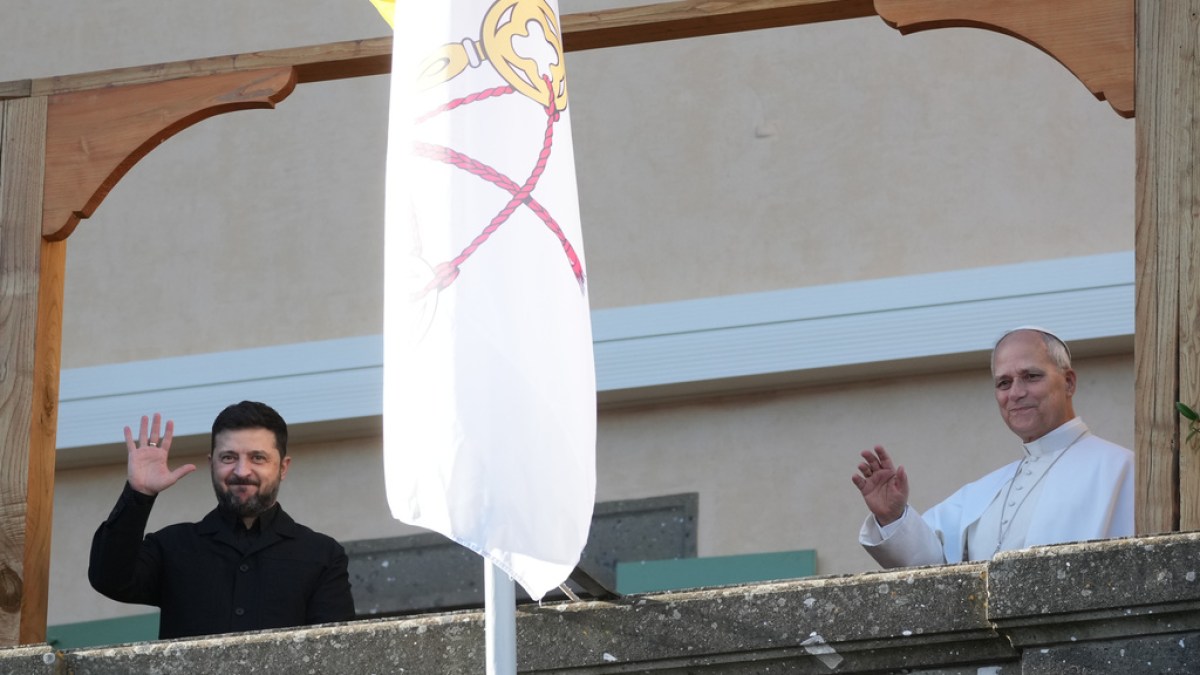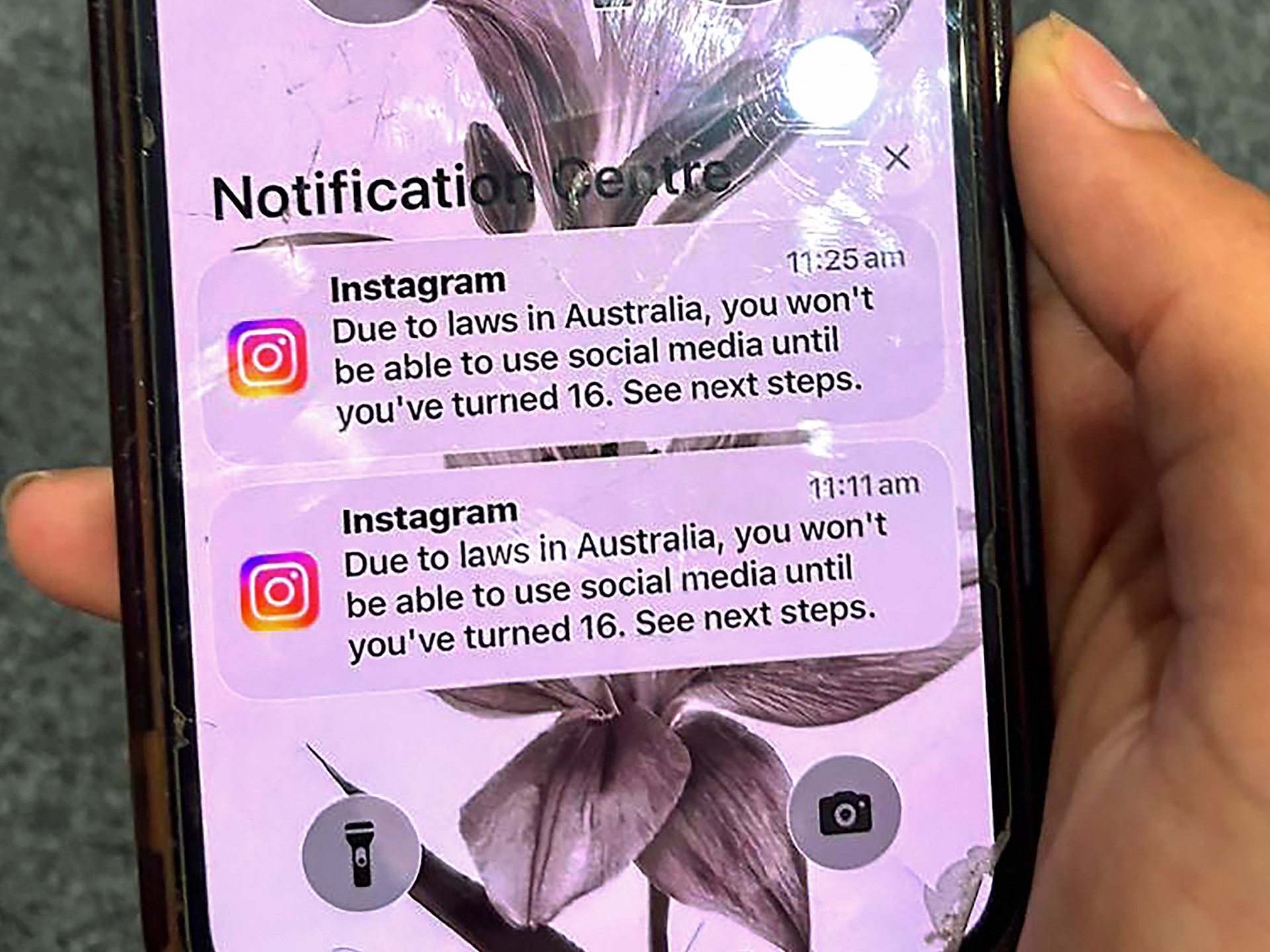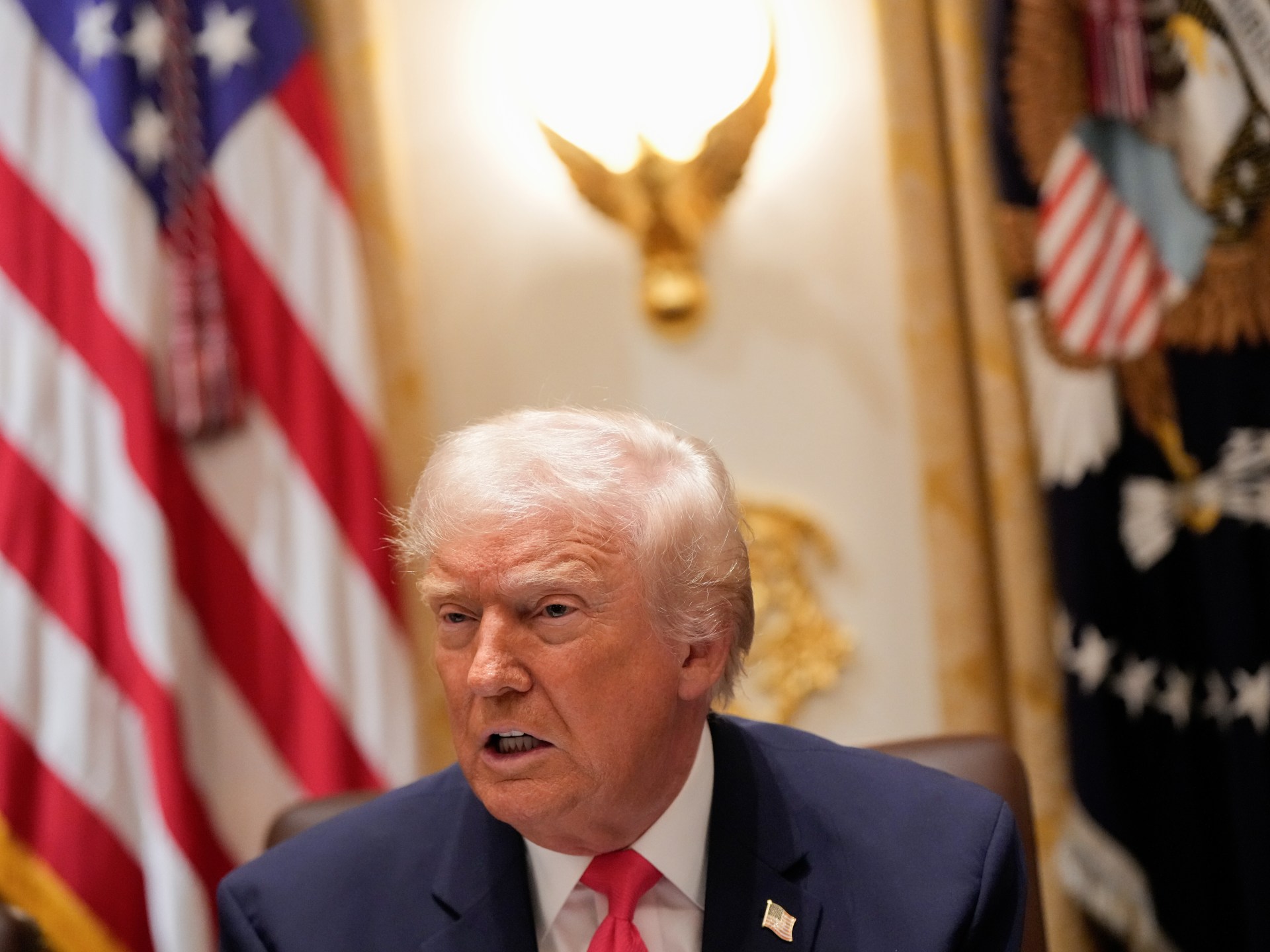Liverpool bounced back from a damaging row with Mohamed Salah by beating Inter Milan 1-0 and kicking their Champions League campaign back into gear.
Dominik Szoboszlai’s late penalty gave the Reds a huge win on Tuesday at the San Siro, in the absence of Egypt star Salah, who was left in England after publicly criticising manager Arne Slot at the weekend.
Recommended Stories
list of 4 itemsend of list
Liverpool fans loudly chanted Slot’s name at the end of a largely drab match, which was decided by Felix Zwayer’s decision to give the English champions a perfect chance to snatch the points.
Inter’s players were enraged at the awarding of the spot kick for a light shirt tug by Alessandro Bastoni on Florian Wirtz, but it gave Slot a happy end to a troubled few days.
The closest either team came to scoring before then was when Ibrahima Konate had his close-range header ruled out, after a lengthy VAR check, for a Hugo Ekitike handball in the 37th minute.
Tuesday’s win puts Liverpool on 12 points from six games and inside the top eight positions, which offers direct qualification for the last 16, ahead of Wednesday’s fixtures.
Inter, meanwhile, are fifth on the same tally, but have lost their last two European fixtures and created nearly nothing against an injury-hit Liverpool, who were missing not just rebel player Salah but also unfit Cody Gakpo, Federico Chiesa and Wataru Endo.
Last season, 16 points was enough to skip the playoffs, and Cristian Chivu’s team are by no means guaranteed that as they host Arsenal before travelling to Borussia Dortmund in their final two league phase fixtures.
And another defeat in a big game means dropping out of the top eight is a real prospect.
Liverpool’s trip to Milan has been dominated by Salah’s extraordinary criticism of Slot, who on Monday admitted that he had “no clue” as to whether the rebel attacker had played his last game for the Reds.
Salah sparked a firestorm when he said he felt like he had been “thrown under the bus” by the club and no longer had a relationship with Slot after being left on the bench for Saturday’s 3-3 draw at Leeds, the third match in a row for which he has been relegated to the role of substitute.
His outburst led to Saudi Arabia saying on Tuesday that it will do “whatever it can” to recruit the 33-year-old in January, even though he signed a new contract in April.
Liverpool had won just four times in 15 matches in all competitions coming into Tuesday’s match, but Inter failed to pile any early pressure on their opponents.
Inter did not have their first shot of any description until the 37th minute, while Liverpool, who were nowhere near their best, had good attempts from Curtis Jones and Ryan Gravenberch, before Konate’s header was eventually ruled out.
That woke up both Inter and a strangely flat home crowd of nearly 74,000, and Lautaro Martinez ended up wasting the best chance of the first half when he headed Alessandro Bastoni’s cross straight at Alisson Becker.
But the second half was a total flop, and as the minutes passed, it became clear that a deadlock was fine for both teams until Szoboszlai rifled home his winning penalty.
Slot praised his side for the commitment and pressing that helped them come away with the win, before commenting on Salah’s absence.
“He has been so influential for the club and his teammates, and it is sad for the club and his teammates,” the Liverpool manager told Amazon Prime.
“The focus should be on this result. I know that all the questions will still be about Mo on Friday, ahead of the next game.”
Liverpool skipper van Dijk said it was an important victory for the players amid intense scrutiny and criticism.
“Winning is a good feeling, especially in the period we are in – trying to find consistency, something to build in,” the Liverpool defender told Amazon Prime.
“It was always going to be tough here. It nearly ended 0-0, but it ended positively for us.”
Elsewhere in the Champions League on Tuesday, Bayern Munich’s 17-year-old midfielder Lennart Karl produced an audacious bit of skill to continue his high-scoring start to life in the Champions League in a 3-1 win over Sporting Lisbon.
Chelsea were beaten in the Champions League for the first time in nearly three months as Belgium forward Charles De Ketelaere set up the equaliser and scored an 83rd-minute winner, and Atalanta came from behind to win 2-1 in Bergamo.
Atletico Madrid came from behind to beat PSV Eindhoven 3-2 away on Tuesday and move up to the seventh spot in the Champions League standings, all but ensuring their progress to the knockout stages.
Two headers by Jules Kounde, three minutes apart, gave Barcelona a 2-1 comeback victory over Eintracht Frankfurt at Camp Nou.
Tottenham Hotspur moved up to ninth after beating Slavia Prague 3-0 on an own goal and two penalties, and Marseille held on for a 3-2 win over Union Saint-Gilloise – whose players and fans twice celebrated what they thought were goals to level the score late on, only for both to be ruled out for narrow offsides on video review.
